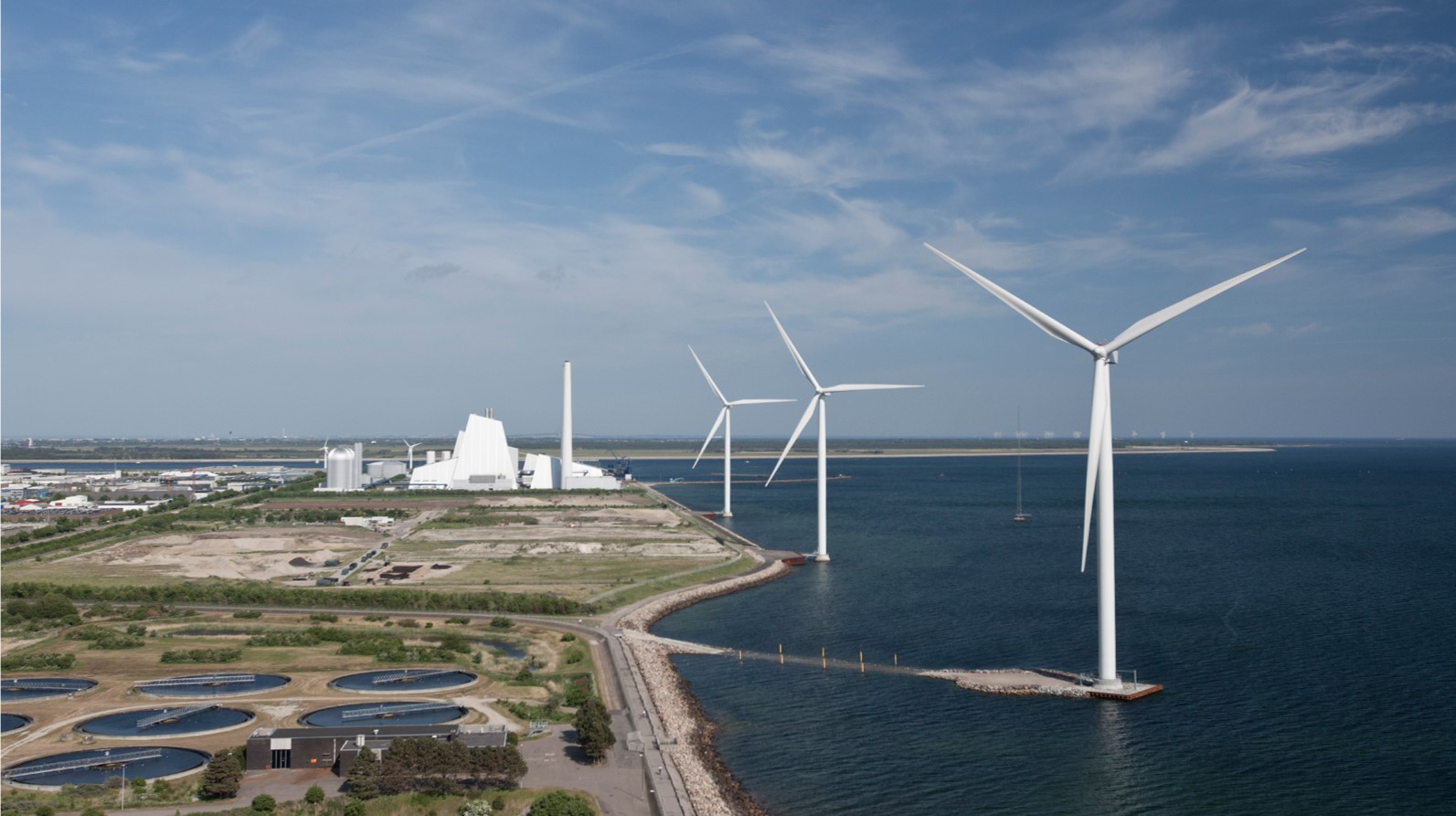
The tender is being held to procure hydrogen produced by using renewable energy sources and is part of Denmark’s goal to reach between 4 and 6 GW of electrolysis capacity by 2030 and its Power-to-X strategy, released in 2021, according to which the country’s offshore wind resources provide good conditions for the production of green hydrogen, which requires large amounts of green electricity.
Only hydrogen that is produced from renewable energy sources and meets the EU’s documentation requirements for green PtX fuels is eligible for support. The winning bidder(s) must have the project(s) built to full capacity and start green hydrogen production within four years of signing the contract with the Danish Energy Agency.
The launch of the Danish Power-to-X tender directly follows the political agreement signed in March 2022, which reaffirmed the target of 4-6 GW of electrolysis capacity by the end of this decade and signed off on the plan to launch the first-ever PtX tender.
The tender has been approved for state aid by the European Commission on 13 February 2023 in accordance with the Commission Guidelines on State Aid for Climate, Environmental Protection and Energy 2022.
The DEA and the Danish government are looking to achieve the cheapest and largest amount of green hydrogen production within budget, according to the Tender Conditions document released by the Danish Energy Agency on 19 April.
If the total budget of DKK 1.25 billion can be utilised for bids below DKK 70 (EUR 9.39) per GJ, only one tender round will be held containing the entire budget of DKK 1.25 billion. Otherwise, the total budget will be divided into two separate tender rounds, where the first round will have a budget of a maximum of DKK 750 million (approx. EUR 100.6 million) and the second round has a budget of at least DKK 500 million (approx. EUR 67.1 million).
Bidders can submit a single bid, comprising several water electrolysis plants located at different locations, or several separate bids, i.e. one bid for each water electrolysis plant. A bid must contain at least one water electrolysis plant and the same plant cannot be the subject of several different bids.
The tender applies to new water electrolysis plants where work on the project has not started with existing plants eligible only in the case of an extension through adding new water electrolysis capacity to the plant and installing a separate meter for hydrogen production supported under this tender.
The DKK 1.25 billion in subsidies will be granted as operating aid and paid per amount of green hydrogen produced over a ten-year period. The state support will be provided in the form of a fixed price supplement in Danish kroner (DKK) per GJ of green hydrogen produced in accordance with the price stated in the bid submitted by the winning bidder.
The annual ceiling is fixed at DKK 125 million (approx. EUR 16.8 million) in 2022 prices and can be increased by up to DKK 15 million (approx. EUR 2 million) in 2022 prices for greater production, but the payment for the entire subsidised period may not exceed the amount committed under the contract with the DEA.
If more than one winning bidder is chosen, the annual increase of DKK 15 million beyond the annual ceiling will be allocated proportionately with the bidder’s share of the total aid budget of the tender.
Once signed, the winning bidder(s) will not be able to terminate the contract with the DEA since there is no “opt-out” option.
Furthermore, the winning bidder(s) must ensure that all hydrogen produced during the ten-year subsidised period at plants has a minimum reduction of 70 per cent in the emission intensity compared to the fossil reference in the European Commission’s draft Delegated Regulation published on 23 May 2022 and currently under consultation.
“Compliance with the minimum reduction requirement must be documented annually by the winning bidder by submitting relevant documentation to the Danish Energy Agency. If the winning bidder cannot demonstrate the minimum reduction of 70% within one year, the aid in that year will be reduced accordingly to the missing percentage”, the tender conditions state.
In its Power-to-X strategy, published in December 2021, the Danish government pointed out that Denmark had considerable offshore wind resources and the potential to greatly expand its offshore wind capacity, particularly in the North Sea.
The country’s PtX strategy involves using large amounts of electricity from renewable energy sources to produce hydrogen through electrolysis, which can then be further converted to other fuels such as ammonia by using nitrogen from the air, or methanol and jet fuel by using CO2 through Carbon Capture and Utilization (CCU).
As part of the ambitions to tap into Danish offshore wind resources, the government said last year that it would explore a potential revision of the “open door” offshore wind scheme, as per the agreement from March 2022, and examine the possibility of an exception to the rule that limits the projects to a distance of 15 kilometres from the coast for projects that may involve Power-to-X. The analysis has been scheduled to be completed in the first half of this year.